Across our many published series, Syracuse University Press has explored issues regarding immigration through a number of lenses, and in a wide variety of regions, never losing sight of the individuals caught up in the complex, often Byzantine process. Explore some of those titles below.
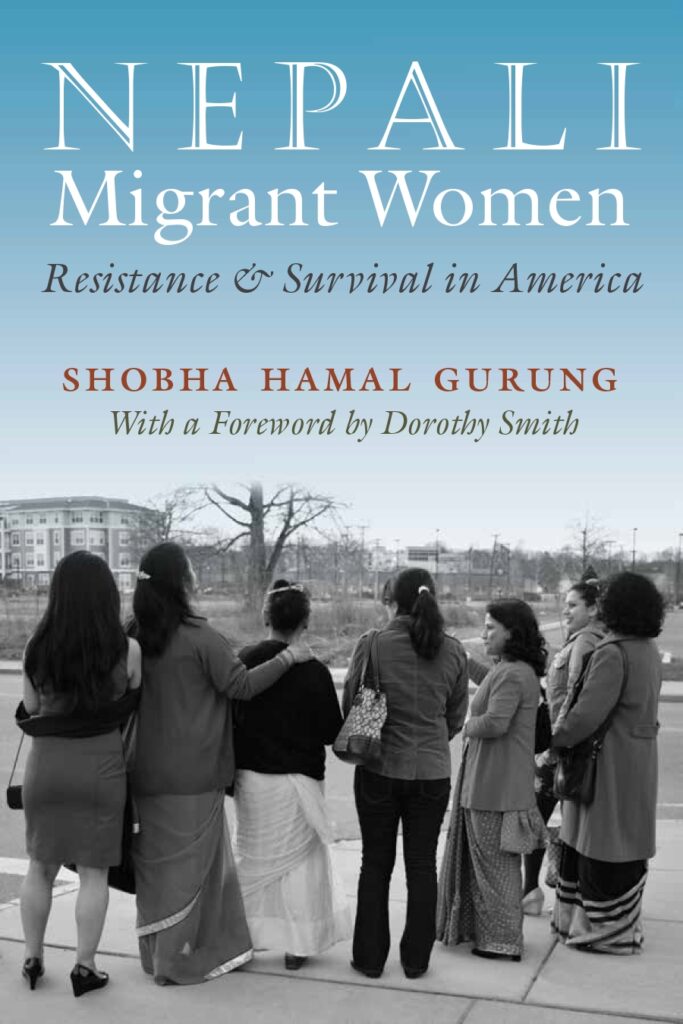
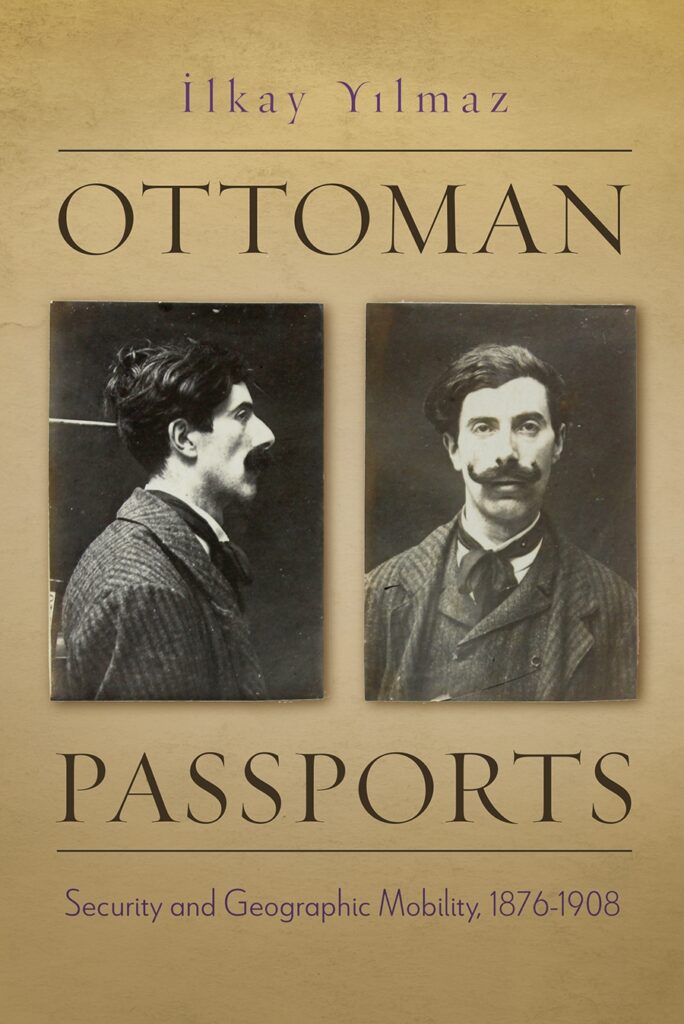
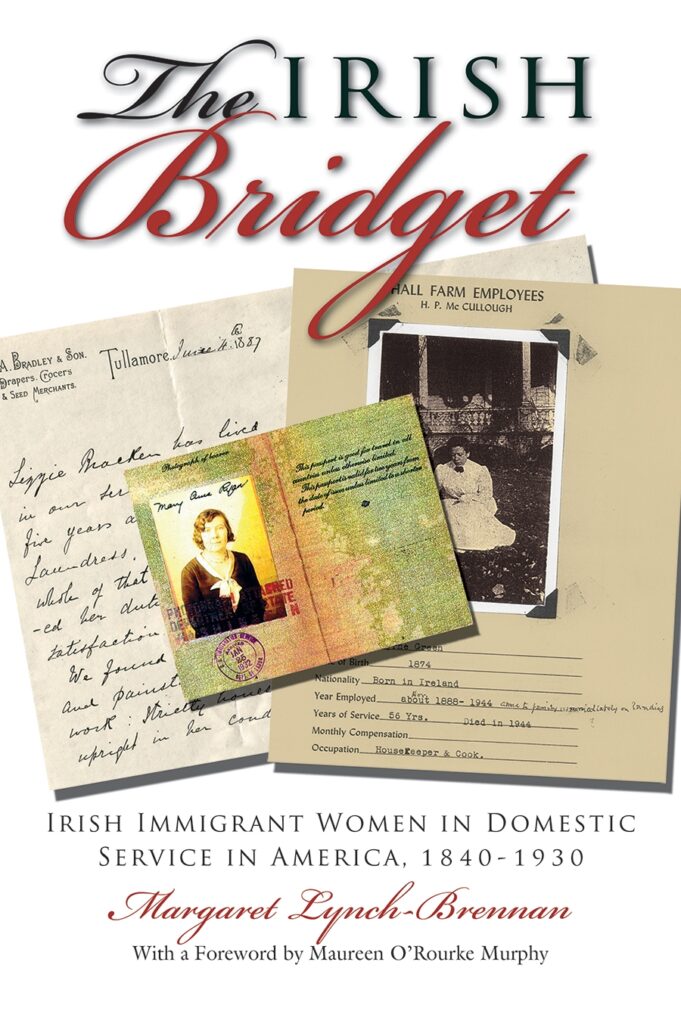
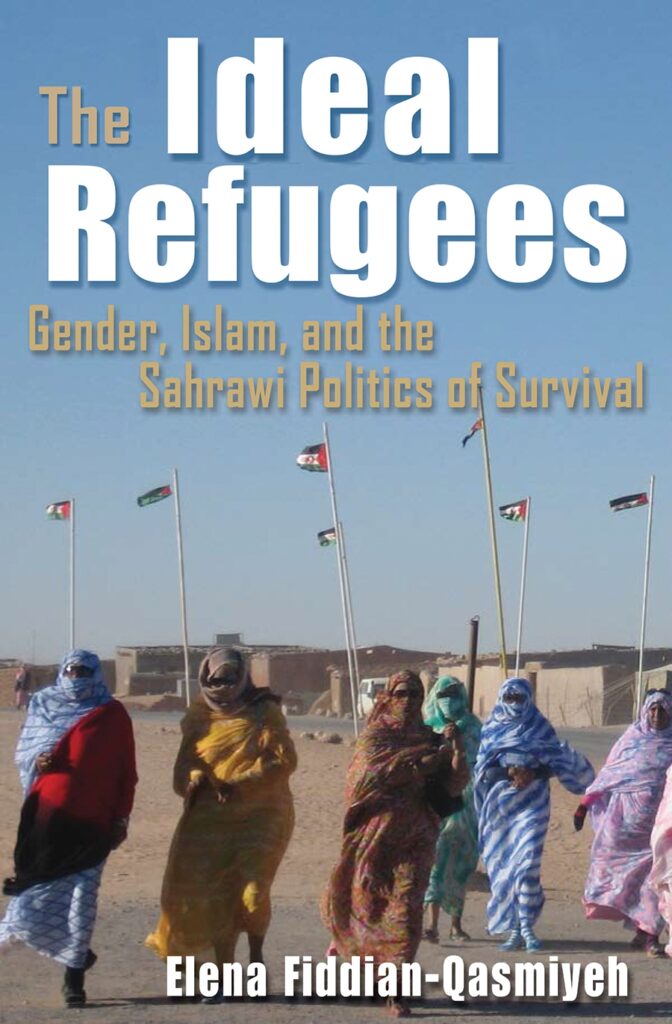
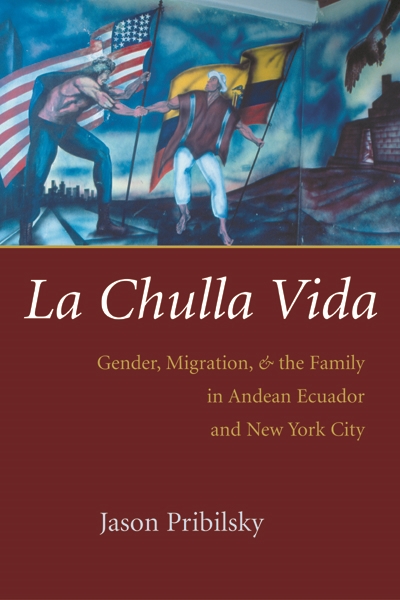
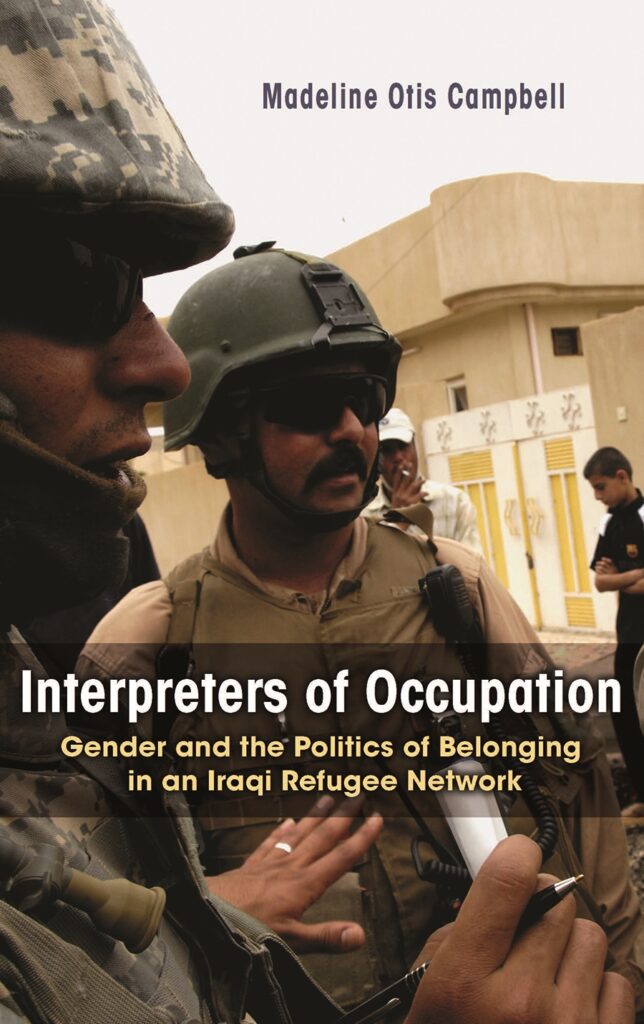
In Nepali Migrant Women, Hamal Gurung gives voice to the growing number of Nepali women who migrate to the United States to work in the informal economy. Highlighting the experiences of thirty-five women, mostly college educated and middle class, who take on domestic service and unskilled labor jobs, Hamal Gurung challenges conventional portraits of Third World women as victims forced into low-wage employment. Instead, she sheds light on Nepali women’s strategic decisions to accept downwardly mobile positions in order to earn more income, thereby achieving greater agency in their home countries as well as in their diasporic communities in the United States.
During the Iraq War, thousands of young Baghdadis worked as interpreters for US troops, becoming the front line of the so-called War on Terror. Deployed by the military as linguistic as well as cultural interpreters—translating the “human terrain” of Iraq—members of this network urgently honed identification strategies amid suspicion from US forces, fellow Iraqis, and, not least of all, one another. In Interpreters of Occupation, author Madeline Campbell traces the experiences of twelve individuals from their young adulthood as members of the Ba’thist generation, to their work as interpreters, through their navigation of the US immigration pipeline, and finally to their resettlement in the United States. Throughout, Campbell considers how these men and women grappled with issues of belonging and betrayal, both on the battlefield in Iraq and in the US-based diaspora.
Chronicling the experience of young Andean families as their lives extend between Ecuadorian highlands and New York City, La Chulla Vida takes an in-depth look at transnational labor migration and gender identities. Jason Pribilsky offers an engrossing and sensitive account of the ways in which young men and women in these two locales navigate their lives, exploring the impact of gender, generation, and new forms of wealth in a single Andean community. Pribilsky draws upon firsthand observations of everyday lives to explore issues of consumption, transnational marriages, and the evolving roles of men and women.
In Ottoman Passports, İlkay Yılmaz reconsiders the history of two political issues, the Armenian and Macedonian questions, approaching both through the lens of mobility restrictions during the late Ottoman Empire from 1876 to 1908. Yılmaz investigates how Ottoman security perceptions and travel regulations were directly linked to transnational security regimes battling against anarchism. The Hamidian government targeted “internal threats” to the regime with security policies that created new categories of suspects benefiting from the concepts of vagrant, conspirator, and anarchist. Yılmaz explores how mobility restrictions and the use of passports became critical to targeting groups including Armenians, Bulgarians, seasonal and foreign workers, and revolutionaries. Taking up these new policies on surveillance, mobility, and control, Ottoman Passports offers a timely look at the origins of contemporary immigration debates and the historical development of discrimination, terrorism, and counterterrorism.
Refugee camps are typically perceived as militarized and patriarchal spaces, and yet the Sahrawi refugee camps have consistently been represented as ideal in nature: uniquely secular and democratic spaces, characterized by gender equality. Drawing on extensive research with and about Sahrawi refugees in Algeria, Cuba, Spain, South Africa, and Syria, author Elena Fiddian-Qasmiyeh explores how, why, and to what effect such idealized depictions have been projected onto the international arena in The Ideal Refugee. This book challenges the reader to reflect critically on who benefits from assertions of good, bad, and ideal refugees, and whose interests are advanced by interwoven discourses about the empowerment of women and secularism in contexts of war and peace.
“Bridget” was the Irish immigrant servant girl who worked in American homes from the second half of the nineteenth century into the early years of the twentieth. She is widely known as a pop culture cliché: the young girl who wreaked havoc in middle-class American homes. In The Irish Bridget: Irish Immigrant Women in Domestic Service in America, 1840-1930, Margaret Lynch-Brennan tells the real story of such Irish domestic servants, providing a richly detailed portrait of their lives and experiences. Drawing on personal correspondence and other primary sources, Lynch-Brennan gives voice to these young Irish women and celebrates their untold contribution to the ethnic history of the United States.

